On the Move: Renewable Energy in Transportation
Chosen theme: Renewable Energy in Transportation. Discover how clean power is reshaping mobility—stories, facts, and ideas you can use today. Share your thoughts and subscribe for more journeys toward zero-emission travel.
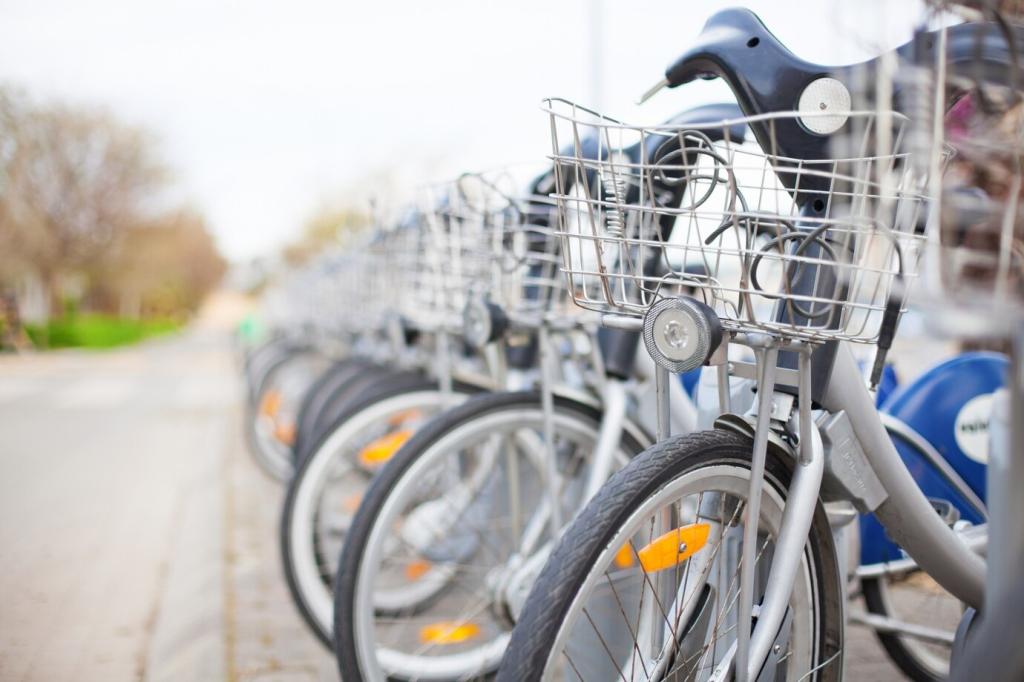
Why Renewable Energy in Transportation Matters
Transport produces nearly a quarter of global energy-related CO₂ emissions. Replacing fossil fuels with renewables slashes tailpipe pollution and upstream refining impacts, accelerating climate goals while keeping mobility reliable for families, workers, and businesses that depend on it every day.
Why Renewable Energy in Transportation Matters
Electric drivetrains powered by clean energy eliminate exhaust, reducing NOₓ and fine particulates that aggravate asthma and heart disease. Imagine school routes without smog alerts. Tell us how cleaner streets would change your commute, and invite a friend to join this conversation.
Electric Vehicles: Beyond the Plug
Nickel-manganese-cobalt packs deliver high energy density, while lithium iron phosphate offers durability and affordability. Choosing the right chemistry depends on range, cost, climate, and charging habits. Which tradeoff matters most to you? Share your priorities and help fellow readers compare options.
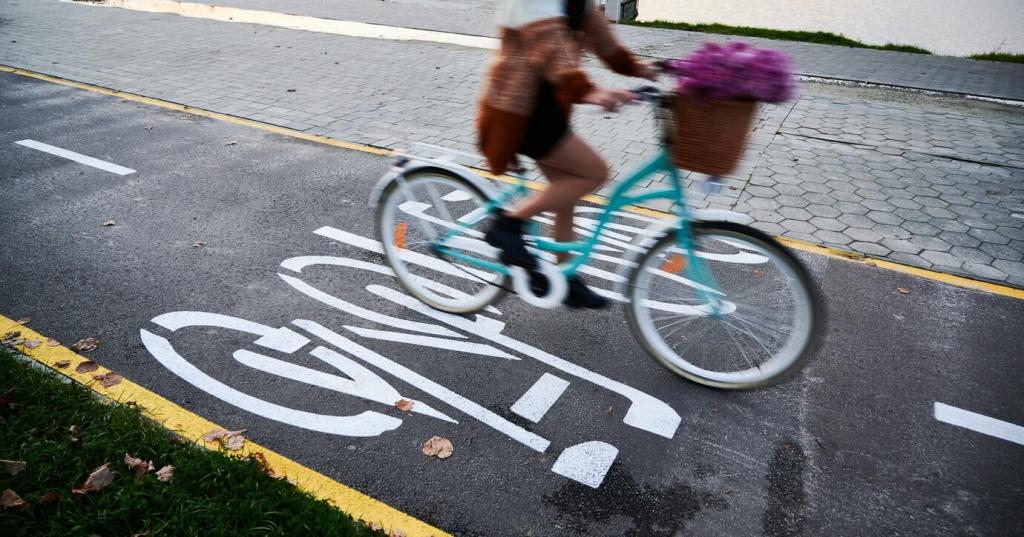


Hydrogen and Fuel Cells on the Highway
Fuel cell trucks and buses thrive on predictable routes with centralized depots, where quick refueling and long range matter. Clean hydrogen can also power forklifts indoors without fumes. Tell us which fleet near you could benefit most from zero-emission refueling speed.
Hydrogen and Fuel Cells on the Highway
Green hydrogen, made via electrolysis using renewable electricity, offers the deepest cuts. Blue hydrogen relies on fossil gas with carbon capture, reducing but not eliminating emissions. Which pathway should cities prioritize for transport? Share your perspective on cost, timing, and local resources.
Cities are pairing battery-electric buses with wind-backed power purchase agreements, cutting lifetime emissions and noise. Riders notice quieter stops and clearer conversations. If your bus went electric tomorrow, what route feature—hills, heat, or cold—would be the biggest test to solve?
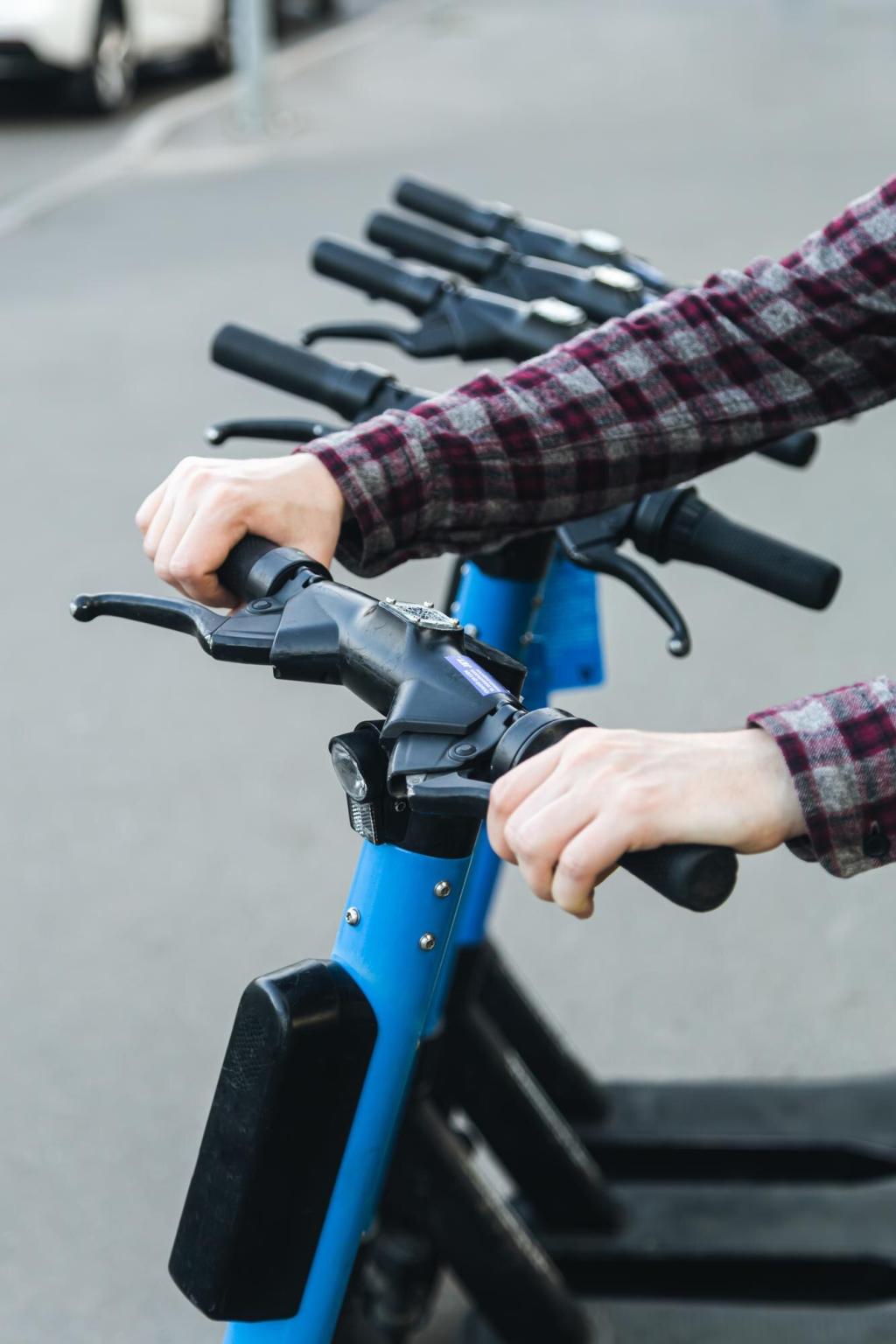
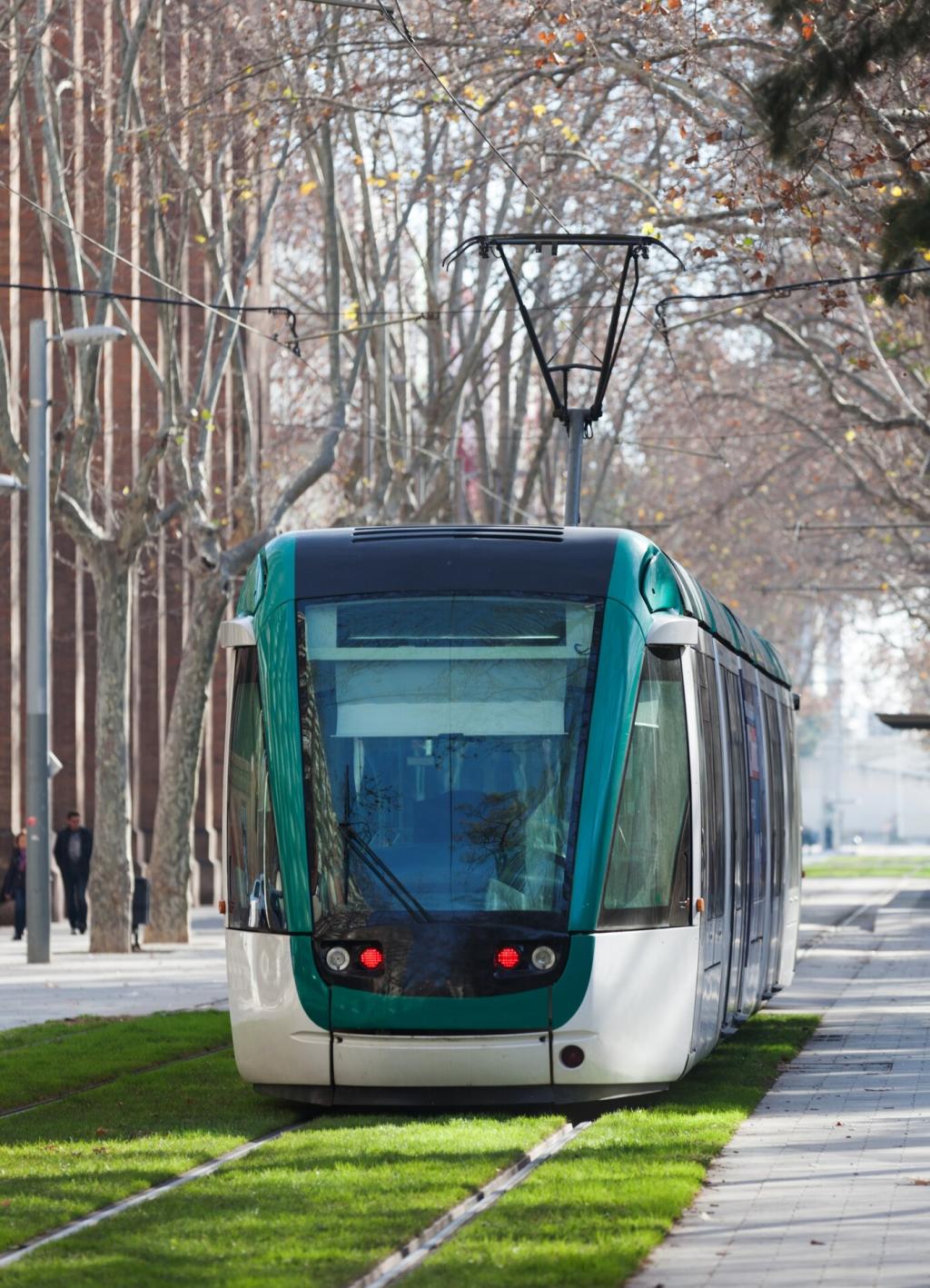

Freight and Logistics Go Green
E-cargo bikes and small vans charged on rooftop solar are beating traffic while slashing emissions. Couriers report fewer delays on protected lanes. Have you received a delivery by bike or compact EV? Tell us how it impacted speed, noise, and neighborhood feel.
Freight and Logistics Go Green
Shore power lets ships turn off diesel while docked, breathing cleaner air into nearby communities. Electric yard tractors and hydrogen drayage complete the picture. Which port policies or projects near you deserve a shout-out? Tag them and help spread momentum.

This is the heading
Lorem ipsum dolor sit amet, consectetur adipiscing elit. Ut elit tellus, luctus nec ullamcorper mattis, pulvinar dapibus leo.

This is the heading
Lorem ipsum dolor sit amet, consectetur adipiscing elit. Ut elit tellus, luctus nec ullamcorper mattis, pulvinar dapibus leo.
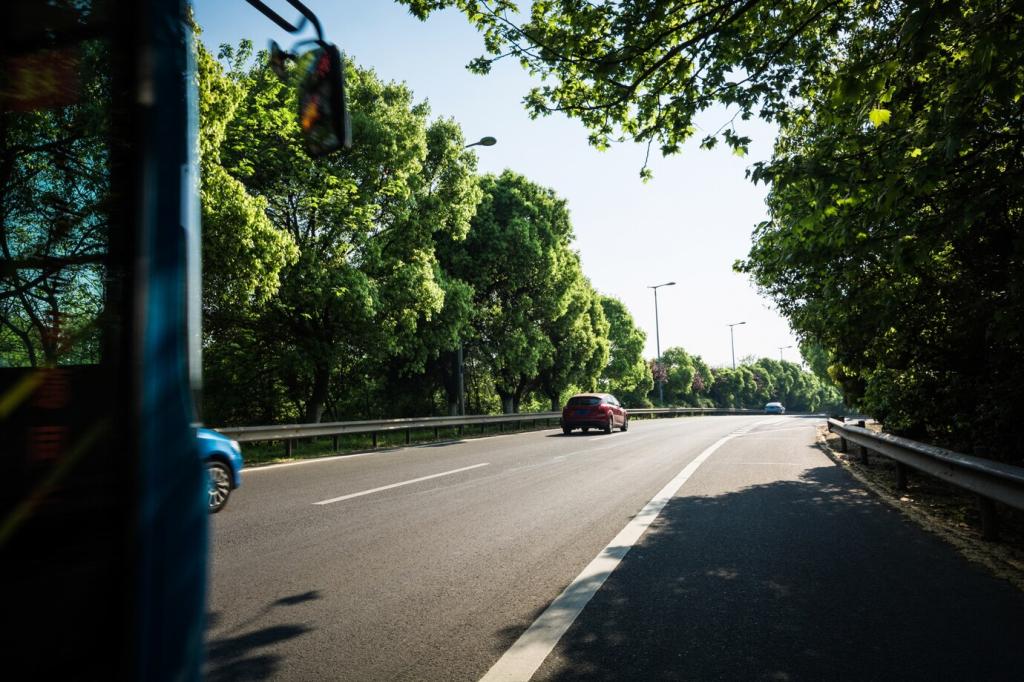
From Sun to Socket
Solar canopies over parking lots feed batteries by day and cars by evening, cutting peak grid demand. Add community solar subscriptions, and apartment dwellers can fuel cleanly too. Would your workplace support panels over the lot if employees requested it?
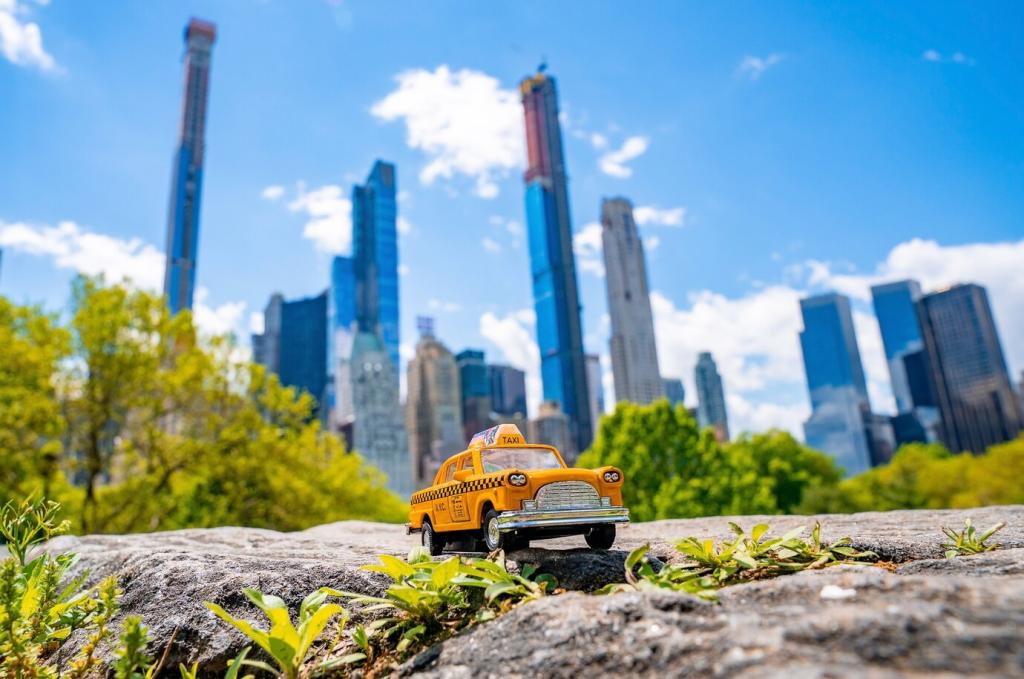
Vehicle-to-Grid in Practice
School buses with big batteries can store midday solar and return power during peaks, earning revenue and stabilizing grids. Parents notice quieter neighborhoods and cleaner drop-offs. Should your district pilot V2G? Raise your hand and share concerns we can explore together.

Resilience During Outages
Microgrids pairing solar, wind, and storage keep chargers live during storms. Emergency services can refuel reliably without diesel deliveries. If you have weather stories, tell us how resilient charging would change your preparedness and peace of mind.
Designing for Equity and Access
Closing the Charging Gap
Charging deserts mirror past infrastructure inequities. Public investment and community ownership can reverse that pattern. Map your neighborhood’s charging needs below, and tell us what locations—libraries, clinics, parks—would make the biggest daily difference.
Fair Fares and Clean Air
Electrified buses cut exposure to exhaust for riders and drivers alike. Paired with reduced fares or passes, they boost mobility and opportunity. Have you noticed air quality changes near bus corridors after upgrades? Share your observations for our next data deep-dive.
Green Jobs, New Skills
Transitioning fleets creates careers in installation, maintenance, and energy management. Training programs can prioritize local hiring where pollution hit hardest. If you work in this space, drop tips for newcomers and resources for apprentices seeking a first step.
